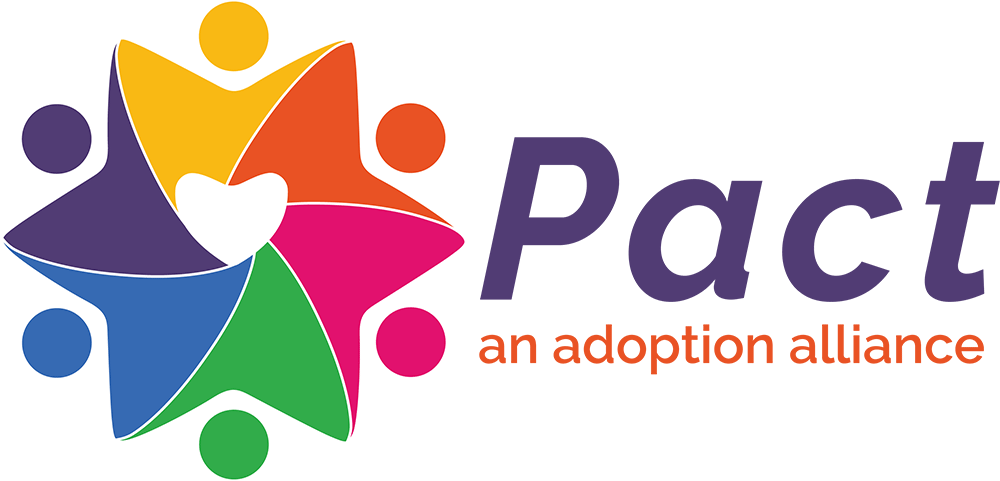In Their Siblings’ Voices: White Non-Adopted Siblings Talk About Their Experiences Being Raised with Black and Biracial Brothers and Sisters
by Rita J. Simon and Rhonda M. Roorda
Reviewed by Marie-Claude Provencher
2009
There is very little published about the experience of non-adopted white siblings in transracial adoptive families; In Their Siblings’ Voices: White Non-Adopted Siblings Talk About Their Experiences Being Raised with Black and Biracial Brothers and Sisters (2009, Columbia University Press) is a welcome addition, indicating that researchers are beginning to pay attention to this population.
In Their Siblings’ Voices is the third in a series of books focused of transracial adoptive families—those with African American or biracial (black and white) children and white adoptive parents. The first book focused on the adoptees (In Their Own Voices), the second on the adoptive parents (In Their Parents’ Voices). After providing some historical perspective on transracial adoption, In Their Siblings’ Voices explores in-depth the experience of twenty men and women drawn from families previously featured in In Their Parents’ Voices. Each chapter introduces a family and gives a brief description of the adoptee’s experience before moving on to interviews with the non-adopted white siblings. While the question-and-answer format of these interviews is at times repetitive, it is nonetheless powerful to hear these often ignored or forgotten voices. It is clear that these siblings’ identities have been shaped by their families’ decision to adopt black and biracial children.
All the non-adopted siblings report that having siblings of color has made them better people and more accepting of racial differences. The interviewees articulate a range of attitudes regarding racial identity, some more sophisticated than others. Many describe themselves as “colorblind” in relation to their adopted siblings. Some now feel guilty that they were oblivious to the struggle for racial identity their siblings went through.
While the majority of the non-adopted siblings feel that they are more understanding of differences–including racism–because they have a sibling of color, one cannot help but wonder whether the discoveries that so benefited them were gained at the cost of their black siblings’ suffering. Co-author Rhonda Roorda, a transracial adoptee herself, states, “….Being black in a white family….has been difficult….” while her non-adopted white sibling says “I think adopting Rhonda made my life a whole lot more interesting. I don’t think I would be as successful in my job if I didn’t have Rhonda as a sister. How I treat African American people is because of her influence.”
It is important to remember that these courageous families who adopted transracially in the 1970s did not have access to the knowledge we have today on racial identity. Platitudes like “love is all you need to create a family” were accepted without question. Families didn’t have access to the vocabulary needed to have a more complex discussion around race and adoption. Their sometimes-naïve views about racism and the ease with which it could be overcome often went unchallenged. They were not actively encouraged to create a community that reflected their adopted children’s cultural and racial heritage, nor did they understand the cost to their children of failing to do so. They rarely had anyone guiding their education on transracial adoption. A few families describe racial diversity in their neighborhoods and schools, and it is the siblings in those families who seem most to value racial and cultural diversity themselves, saying “I have decided that the places where I feel the most comfortable are diverse areas” or “I need to be around people who are different than I am.” These few siblings seem to have been transformed by their family experience to the extent that they now personally value and have sought connection to communities of color.
The authors clearly understand the need to move beyond the attitudes of yesteryear, however well-meaning they may have been. In a compelling and all-too-short afterword, they suggest that “it cannot be emphasized enough: transracial adoptees move beyond their comfort zones every day for the sake of their families, often at a significant cost.” They suggest that the philosophy of colorblindness “impedes the growth of everyone in the family, not just the adoptees but also the siblings born to the family and the adoptive parents.”
For the sake of our blended families, built through adoption and birth, we can only hope that the support we need to build a healthy identity for every child will continue to grow and become more accessible to all, so we can keep on learning how to be the best parents we can be.
Marie-Claude Provencher is the white mother of a daughter to whom she gave birth and two African American sons who joined her family through adoption.
